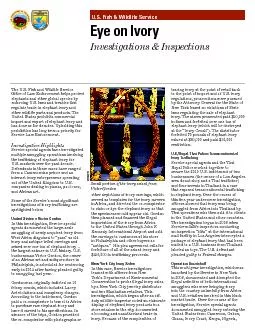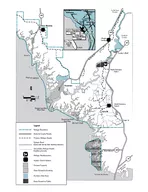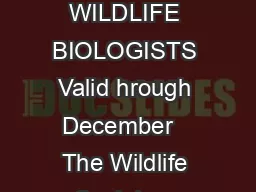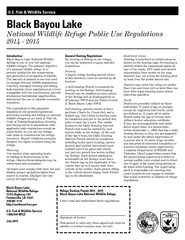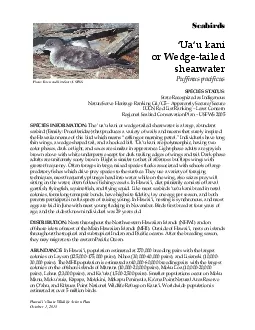PDF-Eye on IvoryInvestigations & InspectionsU.S. Fish & Wildlife ServiceTh
Author : myesha-ticknor | Published Date : 2015-08-19
Small portion of the ivory seized from Victor Gordon are 147ivory producing148 while others are Most of the ivory smuggled by defendants in this case was shipped
Presentation Embed Code
Download Presentation
Download Presentation The PPT/PDF document "Eye on IvoryInvestigations & Inspections..." is the property of its rightful owner. Permission is granted to download and print the materials on this website for personal, non-commercial use only, and to display it on your personal computer provided you do not modify the materials and that you retain all copyright notices contained in the materials. By downloading content from our website, you accept the terms of this agreement.
Eye on IvoryInvestigations & InspectionsU.S. Fish & Wildlife ServiceTh: Transcript
Download Rules Of Document
"Eye on IvoryInvestigations & InspectionsU.S. Fish & Wildlife ServiceTh"The content belongs to its owner. You may download and print it for personal use, without modification, and keep all copyright notices. By downloading, you agree to these terms.
Related Documents

